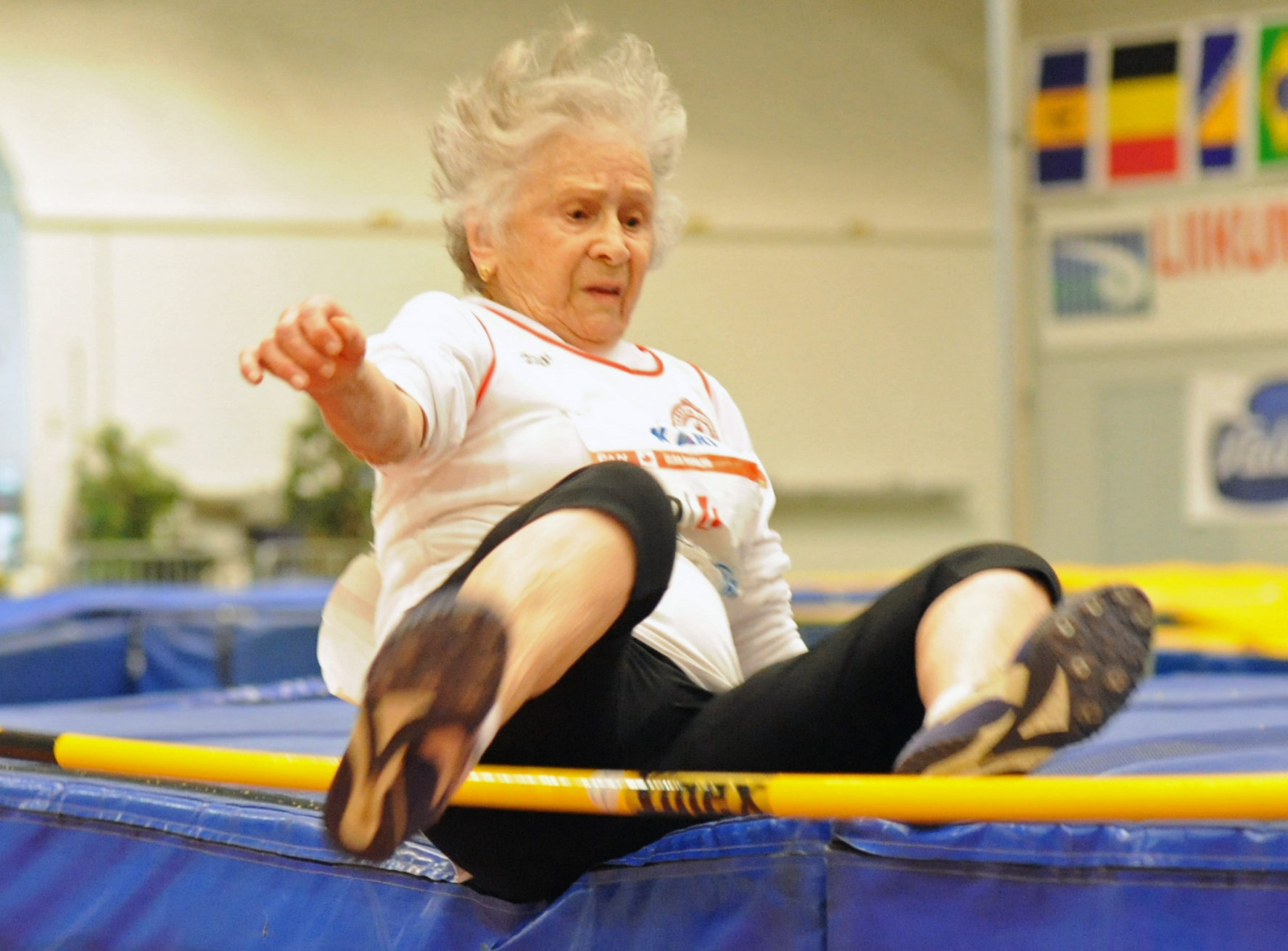Researchers at the University of Western Ontario and Sumagen Canada are one step closer to creating a marketable HIV vaccine. Last week, Dr. Chil-Yong Kang successfully completed the first phase of human clinical trials. The vaccine SAV001-H, is a genetically modified, killed whole-virus vaccine. First, the virus is genetically altered so that it does not cause disease, and then inactivated with chemicals and radiation before it enters the body.
The human immune system works by producing cells that recognize and destroy invaders. When you contract a new virus, it takes time for the body to react and the delay results in illness. However, the virus will be destroyed immediately the next time it enters your system. The closer a vaccine is to the real virus, the more effectively it will prepare the body to defend against that particular attack. The advantage of a whole-virus vaccine like SAV001-H is that it closely mimics the real HIV virus. Because HIV mutates quickly, vaccines containing only parts of the virus are unsuccessful in guarding against the disease.
Patients participating in the phase I trial were already HIV-positive, so the test only proved that the vaccine does not produce adverse side-effects. The next two phases of the trials will test whether the vaccine effectivly prevents HIV infection. Dr. Kang’s lab will conduct the next test phases on volunteer patients who are HIV negative, but who are at high risk of contracting the disease. The researchers will give half the group a placebo, and the other half the vaccine. After several years, researchers will take stock of how many from each group contracted the disease.
Spanish researchers are currently developing another HIV vaccine—MVA-B. Scientists there say that the MVA-B vaccine has the potential to reduce the disease to a chronic mild infection, on par with the herpes virus.
 ‘Quantum weirdness’ in computer chips
‘Quantum weirdness’ in computer chips
As electronic devices like cell phones shrink every year, the computer chips inside them are shrinking too. Physicists at McGill and General Motors R&D recently published a study in the Proceedings of the National Academy of Sciences on stretching the limit of this trend. Computer chips have gotten so small that some circuits are merely atoms in thickness, and these thin strips of metal are subject to strange phenomena.
McGill researchers measured the changes in current flowing between two types of metal—tungsten and gold. As the connection between the metals got smaller and smaller, they found that current losses were unexpectedly high after a certain point—a sign that there are challenges ahead for ultra-tiny electronics.
In a recent interview with the McGill Reporter, McGill Professor Peter Grütter, who worked on the experimental side of the research, described the behaviour with an analogy of water flowing through a hose.
“If you keep the water pressure constant, less water comes out as you reduce the diametre of the hose. But if you were to shrink the hose to the size of a straw just two or three atoms in diameter, the outflow would no longer decline at a rate proportional to the hose cross-sectional area; it would vary in a quantized ‘jumpy’ way.”
Researchers often find unusual behaviour as they zoom in on tiny processes; this phenomenon is called ‘quantum weirdness.’ Jesse Maaseen, who works with a McGill Physics research group, used cutting-edge electrical modeling to back up Grütter’s experimental results.
While there are ways to work around quantum weirdness, by carefully choosing materials for example, this research sheds light on a host of new challenges that will face computer designers as we enter the age of nanotechnology.
75-year-old track stars
McGill researchers are in the process of studying elite athletes over the age of 75 for clues on how they have managed to maintain fitness. Tania Taivassalo and Russell Hepple, both associate professors in McGill’s Department of Kinesiology and Physical Education, are in the process of studying athletes like Olga Kotelko—a 93-year-old track star who holds 17 world records in the 90-95 age group. Taivassalo and Hepple will then measure the athletes’ aerobic power (VO2 max), bone density, fat content, and muscle strength and endurance, comparing them with non-athletes in the same age range. The researchers will also measure cognitive ability, hoping to build on recent research that suggests a link between exercise and mental longevity.
Taivassalo and Hepple are interested in discovering how athletes like Kotelko have managed to retain impressive muscle mass. Usually, muscle fibres and the neurons that activate them deteriorate as part of the aging process. It’s possible that Kotelko’s body has a natural resistance to this deterioration that could provide important advances in anti-aging medicine. Using samples of thigh muscles, the researchers will be testing the participants’ mitochondrial function (mitochondria are responsible for energy production at the cellular level), as well as their fat content. Researchers are also combining the athletes’ blood serum with non-athlete muscle, to see if it will improve regeneration.
Athletes from around the world will be participating in the ongoing study, and Taivassalo and Hepple are also looking for non-athletes to continue their work.
Photos: a syringe (blog.timesunion.com), a wormhole (quantumweird.wordpress.com), Olga Kotelko (canadianmasters.ca).










